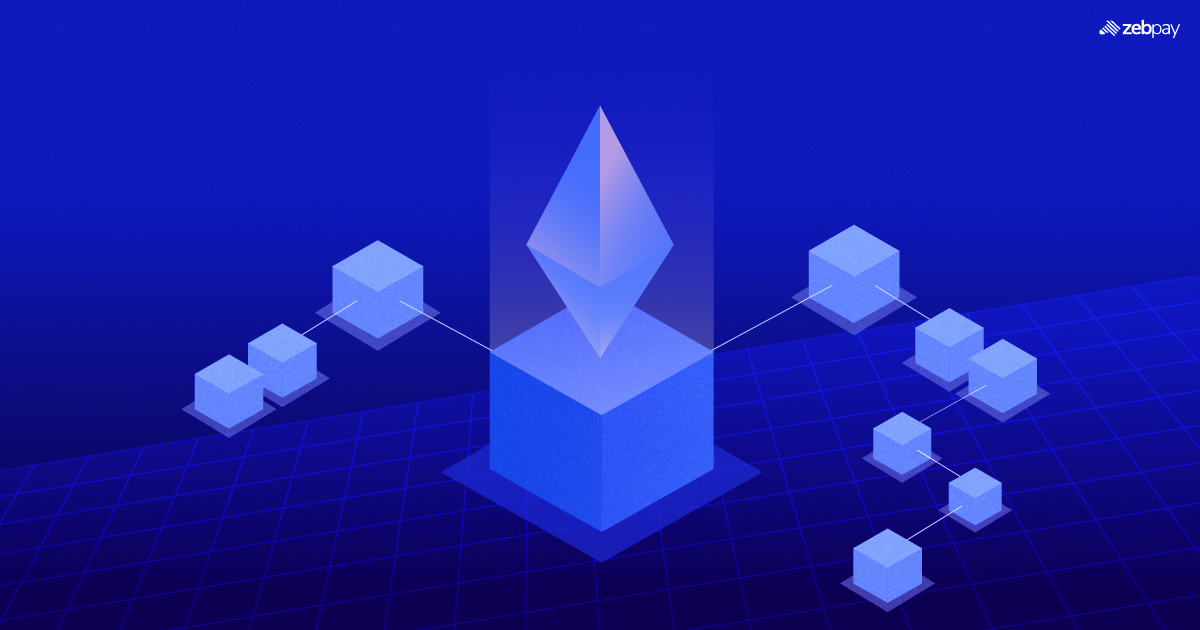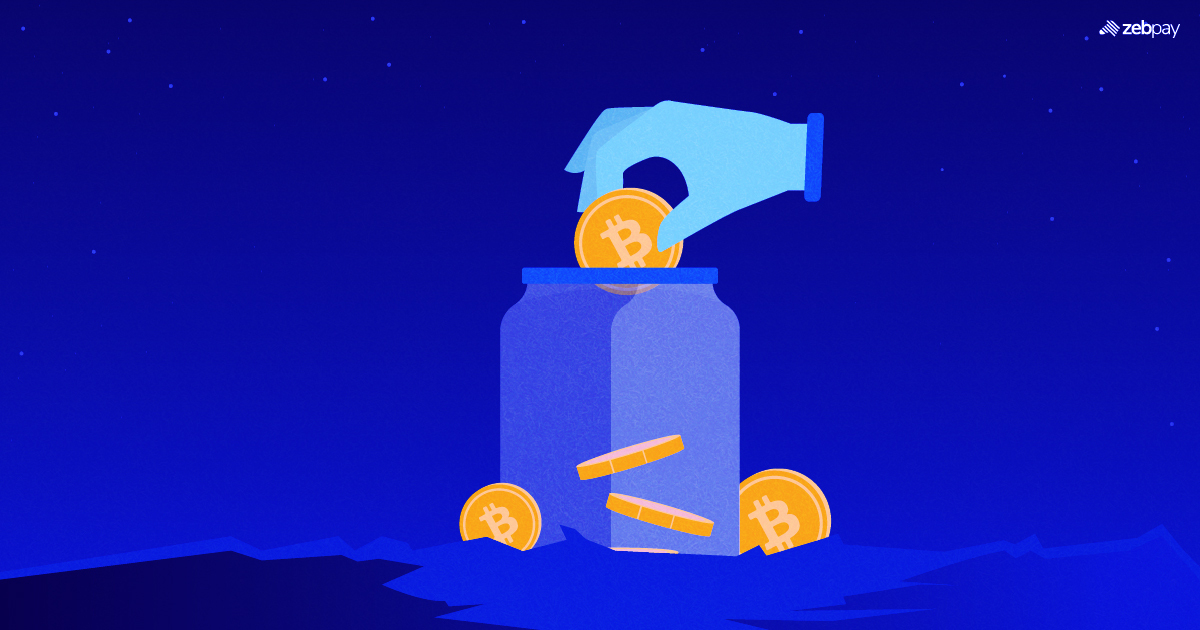Definition of sharding
Sharding is a process of splitting the Ethereum network into multiple parts called shards. Each shard has its own set of smart contracts and functions as an independent state. It is one of the most complex scaling solutions for the Ethereum network. Sharding is an Ethereum 2.0 upgrade planned to happen later this year.
Benefits of Implementing Sharding in Ethereum
Sharding will help to solve one of the big pain points of the Ethereum network, namely, high gas fees. Gas fees are fees required to complete a transaction on the Ethereum network. Sharding reduces gas fees by reducing competition for resources on the Ethereum network. Higher transaction speed is another benefit of sharding.
Currently, the Ethereum network can process around 15 transactions per second (TPS). The Ethereum network aims to increase its throughput to 100,000 TPS through sharding. This figure may vary until sharding is fully implemented on the blockchain network.
How Does Sharding Work?
Overview of Database Sharding
The concept of sharding originates from database management systems. SHARD used to be an abbreviation of a 1980s product known as the System for Highly Available Replicated Data. Shard also means a small part of something big, which is what it does in a blockchain network. It breaks a blockchain network into smaller pieces or shards. Each blockchain shard holds its unique transactional data and processes transactions simultaneously on the blockchain network.
Breaking blockchain networks into multiple shards enables parallel transaction processing, which improves latency and increases network scalability. The computational burden on a blockchain network is reduced through sharding. More transactions can be processed at a given time through sharding.
Sharding in Ethereum
Nodes keep a blockchain network running by storing and processing transactional data. All nodes used to process every transaction on the Ethereum network using its previous consensus mechanism, proof-of-work. This process led to scalability issues on the Ethereum network as more transactions kept being added to the network.
In sharding, nodes are divided into small groups called shard chains. Subsets of transactions on the Ethereum network will be processed through shard chains. These chains communicate with each other to reach a consensus and validate blockchain blocks.
The proposed Ethereum sharding system will have 64 linked databases, and transactions can be processed simultaneously on every shard. Each shard will have a committee consisting of 128 validators. These committees will be responsible for validating each blockchain every twelve seconds.
Comparison with Other Scaling Solutions
The Ethereum network uses both off-chain and on-chain scaling solutions. Off-chain scaling solutions mean any strategy that involves the external execution of an underlying blockchain network like Ethereum. Users refer to these solutions as L2 or layer two.
On-chain scaling solutions like sharding involve direct adjustments made to a blockchain network to improve its throughput. Off-chain solutions like rollups will help scale the Ethereum network in the near term, while sharding is a long-term scaling solution.
A rollup is a scaling solution that processes network transactions on its execution layer but posts the transaction data to the underlying blockchain network, like Ethereum. Rollups inherit the security features of the Ethereum network. Optimistic and ZK rollups are the two main types of roll-up solutions.
Side chains are independent blockchains and are popular among Ethereum users. These side chains are compatible with the Ethereum network as they use the Ethereum Virtual Machine (EVM). Side chains can also act like external execution layers for L1 Ethereum, even if they do not get Ethereum’s security features like rollups. Vitalik Buterin has stated that rollups and sharding can be used together to multiply the scaling gains of the Ethereum network.
Will Sharding Reduce Gas Fees?

Gas fees are units of measure used to calculate fees to process transactions on a blockchain network. Gas fees are based on the demand for a block of space. These fees become very high during times of network congestion. Ethereum’s switch to the proof-of-stake consensus mechanism is the first step towards sharding.
Read more: What Is ETH Gas Fee
How can sharding Reduce Gas Fees?
Sharding is a process in which the Ethereum network splits into shard chains that share the load of the network. Theoretically, sharding should reduce network congestion and increase transaction throughput. The goal is to increase the transaction throughput of the Ethereum network to 100,000 transactions per second. As per estimates, Sharding should significantly lower the gas fees on the Ethereum network. These layer two innovations will allow users to use the base security layer while experiencing low gas fees.
Other than being a layer two solution, sharding has been proposed as a vital solution for attracting more users to the Ethereum network. Sharding would work coherently with layer two rollups for splitting the load of large volumes of transaction data. As a result, this process can increase transaction speed and reduce network congestion. The proposed plan is to use shard chains to allocate extra data and not handle transactions. Sharding with rollups is expected to significantly boost the scalability of the Ethereum network.
Scaling Blockchain Using Ethereum Sharding
Scaling challenges in blockchain
Currently, all nodes must reach a consensus on blockchain transactions to process them, and only a small number of transactions can be processed using this method. Every node stores the entire process and history of every blockchain transaction. This feature is what makes a blockchain network decentralised.
Malicious users find it hard to hack a blockchain network by manipulating transactions, as a copy of the network’s full history is stored in every node. This feature ensures the blockchain’s security and decentralisation but affects a network’s scalability.
Sharding enabled nodes to forgo downloading their transaction history. This process increases the efficiency of blockchain networks and helps blockchain scale by supporting more users.
Conclusion
Network security is one of the big issues when dealing with upgrades to a blockchain network. One potential issue with sharing is the possibility of cross-shard attacks. However, Ethereum’s protocol has been designed to address this security issue. The Ethereum network is continuously developing solutions to potential issues with sharding. The main goal is to create a decentralized, scalable, and secure blockchain network.
Sharding has the potential to transform industries through mass adoption. Developers are also discovering new use cases for this technology. Sharding technology can create new opportunities through shared value networks in DeFi and global supply chains. It can also significantly increase the efficiency of the Ethereum network.
You can now buy Ethereum on ZebPay. Visit ZebPay blogs to know more about crypto.







